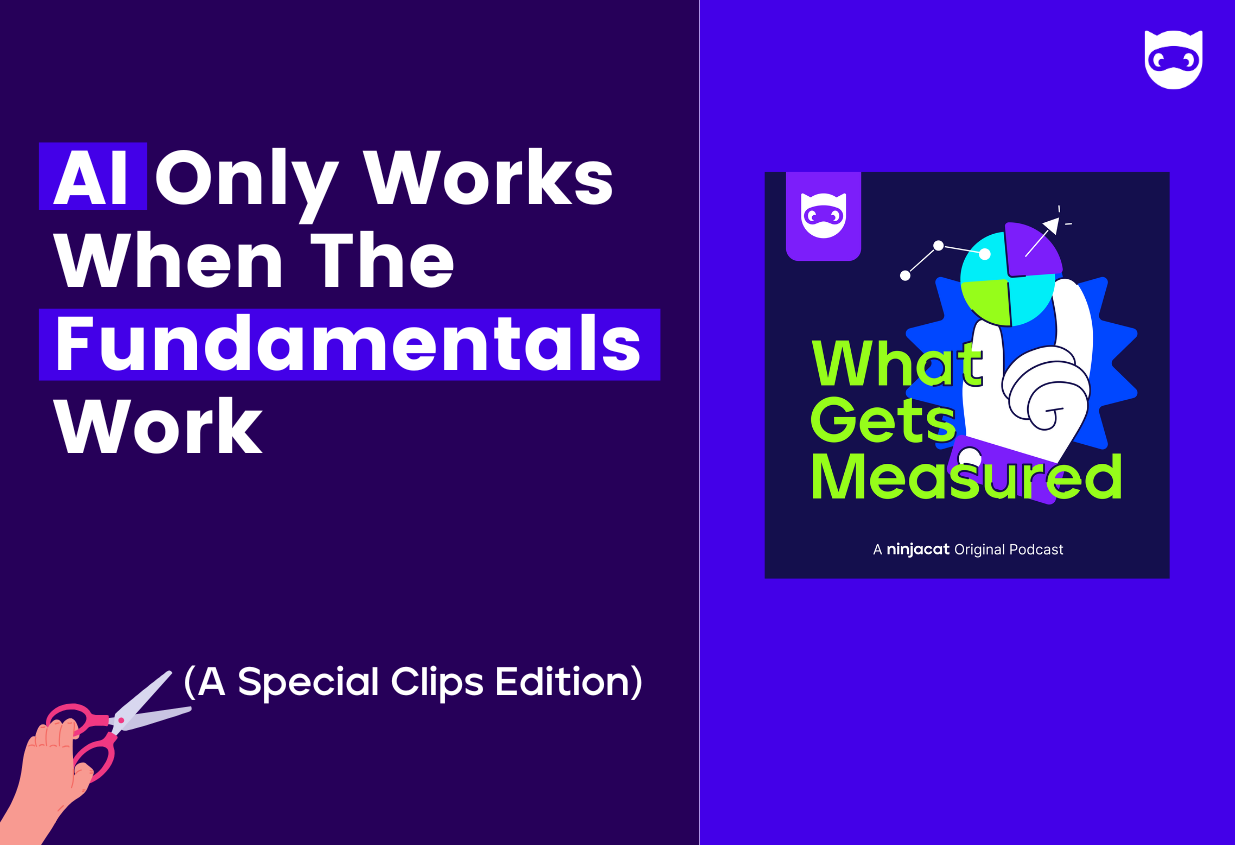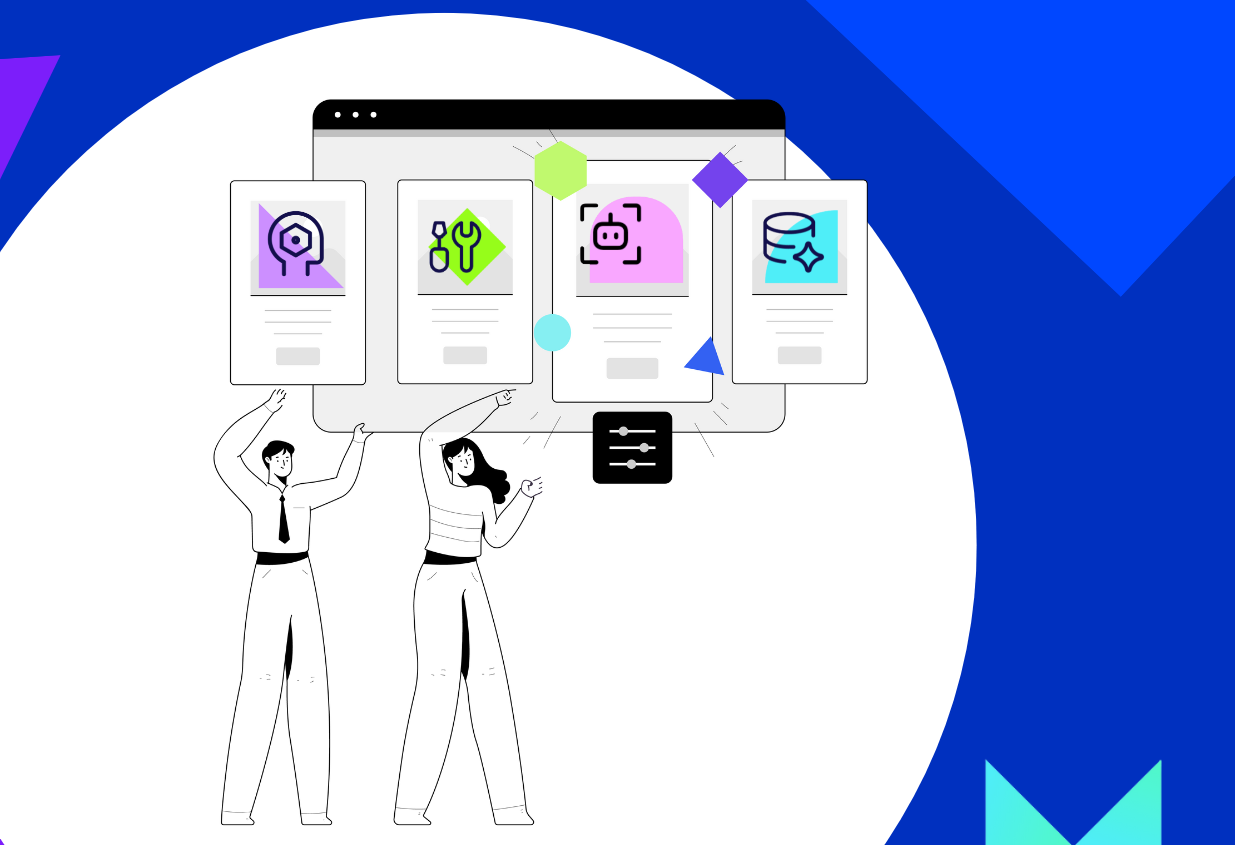How To Achieve Measurable Success with AI
.png)
The Guest
Ken Gavranovic is a seasoned technology executive, global keynote speaker, a member of Thinkers50 and the Forbes Coaches Council. With a career spanning over two decades, Ken has a proven track record of helping brick-and-mortar businesses leverage AI and advanced technologies to achieve immediate, impactful results. His expertise extends to transformative roles with iconic brands like Disney World and 7-Eleven, where he implemented cutting-edge technology solutions to enhance customer engagement and operational efficiency and he’s here today to talk about the benefits of AI.
AI Adoption Relies on Outcomes, Not Activity
Businesses are frequently prone to chasing new technologies without defining clear goals first.
"Businesses often see new technologies as the shiny object,” explains Ken. “There’s a meeting, a strategy discussion, and then suddenly, everyone thinks technology alone will solve everything. But in reality, it’s always about people, process, and technology. If you don’t follow that order, it doesn’t work."
Ken recalls a healthcare company that burned through millions failing to migrate to the cloud three times. Their mistake was measuring the completion of activity as success, and not the hoped for outcome or properly considering the impact of the migration on teams.
"One of the problems I discovered was that the team leading the transformation to the cloud, was also the team most disrupted by it. The focus was on checking a box, not on achieving an actual business outcome. That’s why I always say: outcomes over activity."
Ken believes applying an outcomes-based framework to AI adoption, as you would for any historical digital transformation in marketing, enables businesses to easily connect the value of AI adoption to business goals.
But, AI is different from technology trends of the past.
AI Learns, Evolves, and Automates Decision-Making
"AI learns and evolves,” says Ken. “You feed it data, and it improves over time. Unlike past transformations, AI gets smarter and more powerful as you use it."
AI adoption happens quickly because it integrates into existing tools. Decision-making shifts from human-defined rules to AI-driven automation.
"AI automates decisions where humans previously had to follow rigid rules. That’s a fundamental shift,” explains Ken.
Resistance to change remains a challenge. Ken attributes this to human nature.
"Humans don’t like uncertainty—it means risk. I grew up in a chaotic, dysfunctional childhood, and I had to learn how to navigate that. That skill helped me thrive in business, but it also made me realize that humans naturally avoid change because it disrupts their comfort. AI adoption is no different. Employees need to understand the why."
AI Requires Human Oversight
AI excels at recognizing patterns but struggles with original thinking.
"AI is not great at original thinking,” says Ken. “It’s fantastic at pattern matching but will confidently make stuff up when it lacks real data. That’s why humans must stay in the loop."
Ken recommends setting clear parameters for AI responses.
"When prompting AI, explicitly tell it not to make things up and to cite sources. You can also adjust temperature settings—higher means more creative, lower means more precise. Prompting AI effectively is a skill in itself."
AI Creates Immediate, Measurable Value in Business Operations
Companies gain immediate efficiency by automating low-value tasks. Ken advises listing time-consuming tasks that add little value and applying AI to automate them.
"Make a list of tasks that consume time but don’t add much value,” says Ken. “Chances are good AI can automate nearly all of those."
Examples Ken mentions include:
- Developers: AI generates code instantly.
- Legal Teams: AI scans contracts and highlights risks in seconds.
- Marketing Teams: AI analyzes customer sentiment and trends in real time.
Check out our blog, “Maximizing Success with AI Agents for Marketing” to learn how to get AI working for your team.
Avoid Cost-Cutting Mistakes in AI Implementation
Ken warns against businesses treating AI as a replacement for employees.
"One retail company thought AI would magically replace employees,” recounts Ken. “They rushed the implementation without proper training or data, and it frustrated customers. Eventually, it failed, and the person in charge got let go. AI isn’t a cost-cutting shortcut—it’s a tool for better decision-making."
Ken’s perspective reinforces that AI delivers value when integrated with clear business objectives. Companies that focus on outcomes, ensure human oversight, and implement AI strategically see measurable benefits immediately.
The Links
LISTEN TO THE FULL SHOW -> Stay tuned, stay curious and subscribe to What Gets Measured on Apple Podcasts, Spotify, YouTube or add it as a Favorite on your podcast player of choice.





.png)
